
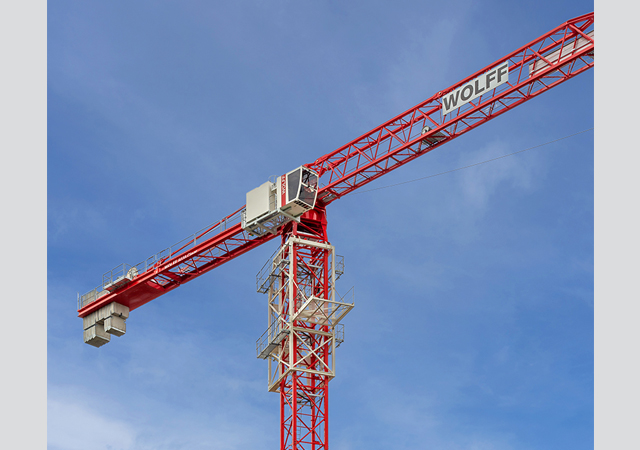 The new Wolff 8038 Clear is the largest flat-top Wolff in the portfolio to date.
The new Wolff 8038 Clear is the largest flat-top Wolff in the portfolio to date.
Wolffkran, a leading manufacturer of tower cranes, has introduced the Wolff 8038 Clear, a new flat top crane that excels in lifting capacity while boasting effortless assembly and transport.
Competing in the 560-ton class, the Wolff 8038 Clear is the largest flat top crane in the Wolff portfolio to date.
“Large cranes are in demand,” says Mohamed Abouelezz, Head of Business Development and Product Management at Wolffkran. “Globally, we are witnessing a trend toward construction with prefabricated parts and modules. At the same time, customers are increasingly focused on hassle-free assembly. The Wolff 8038 Clear combines the performance of a hammerhead crane with the assembly advantages of a flat top design.”
With an 80-m jib length and a maximum lifting capacity of 20 tons, the Wolff 8038 Clear rivals models with tower tops, he says. Its point-bearing capacity of 3.8 tons at an 80-m jib radius is impressive. An optional extension can increase the jib length to 85 m, where it can still lift 2.1 tons at the top.
Since the launch of the Wolff 6523 Clear, the Wolff design team has made it a priority to optimise jib design with the Wolff 8038 Clear. The latest addition also features the patented smart jib design, in which the top chord can be assembled with a simple plug connection without the need for a hammer. The smooth transitions facilitate precise load positioning.
“We’ve also revised the design of the lower chord construction, optimising it with localised reinforcements,” explains Wouter van Loon, Project Manager at Wolffkran. “This not only allows us to save around 10 per cent in material costs – which translates to lower prices – but also reduces assembly weights by 20 per cent.”
Additionally, the standard option for divided assembly of the jib minimises weight and space requirements. The heaviest single component weighs just 15 tons.
As an assembly aid, the Wolff 8038 Clear is equipped with bolt depots at all points where the crane components need to be installed overhead, such as the crane top. The bolts always remain in the correct position and only need to be slid into the designated holes with a single motion, van Loon explains, adding that this provides physical relief for the assembly personnel. Additional support for assembly and maintenance is provided through features such as extra platforms for divided jib assembly, foldable railings on the counter jib, and optional auxiliary cranes for tasks involving the hoist and slewing gear.
For increased safety and convenience during operation, the crane can be optionally equipped with a second brake on the hoist winch and the Wolff High-Speed Positioning System (HiSPS). It is also pre-equipped for a new, upcoming under-hook camera system, which allows the crane operator to perfectly monitor the load at any jib position and height and can also be combined with HiSPS.
As a pure two-line crane, the Wolff 8038 Clear can be ordered with either a 75 kW or a 110 kW hoist winch, enabling operating speeds of up to 132 m/min or 190 m/min respectively. A US-version with a 110 kW hoist winch is also available. The hoist winch performance can be reduced by up to 50 per cent on construction sites where full capacity is not required. This lowers power needs and avoids unnecessary energy use. For optimal, space-saving positioning on construction sites, the crane is equipped as standard with a 2.3-m tower connection but can also be mounted on a 2.0-m tower to fit into elevator shafts. It is designed for worldwide use on construction sites and can be transported on six trucks.










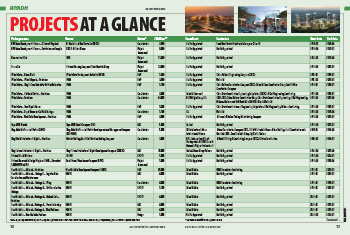




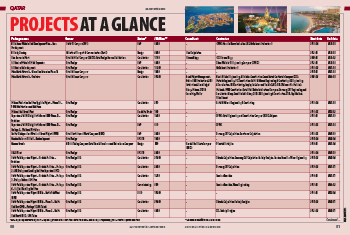
.jpg)

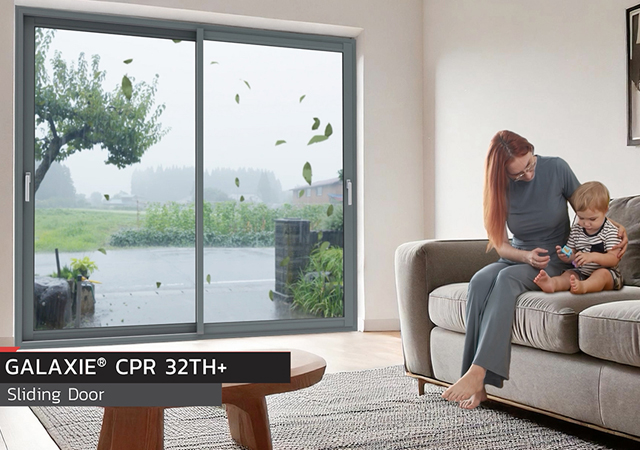




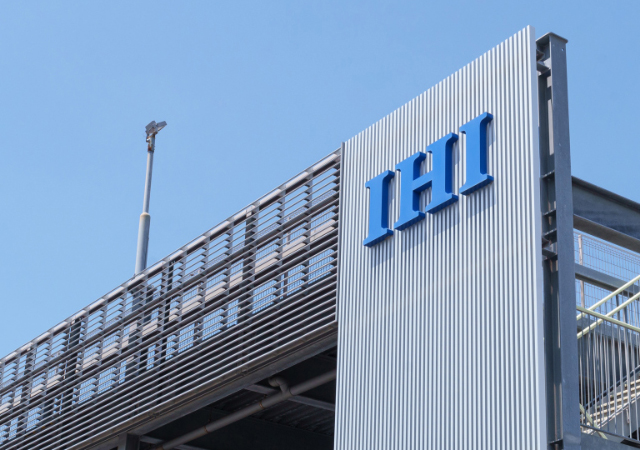
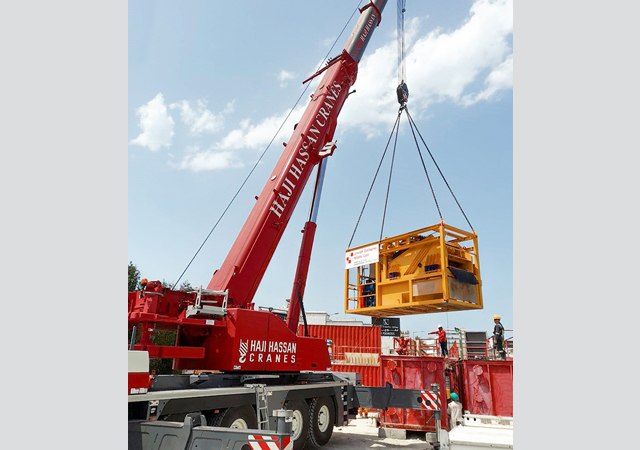


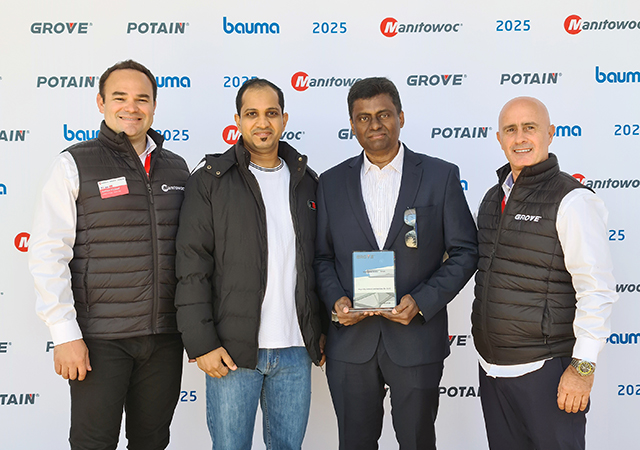

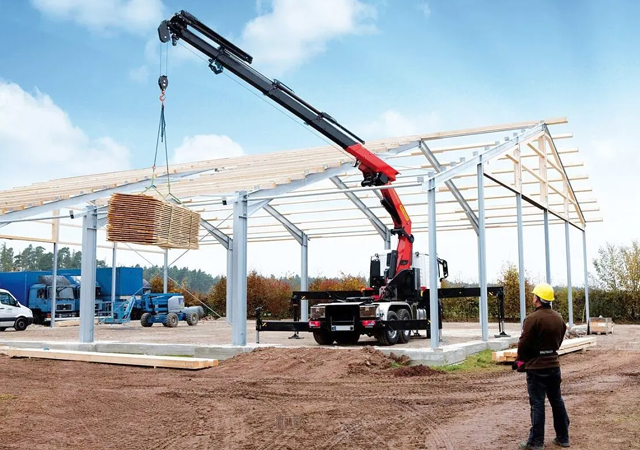
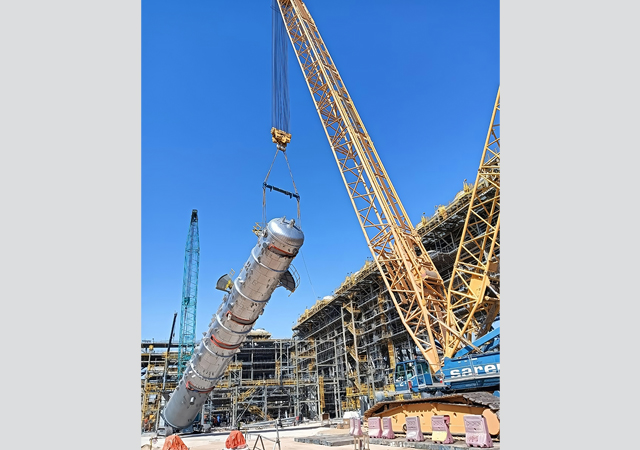
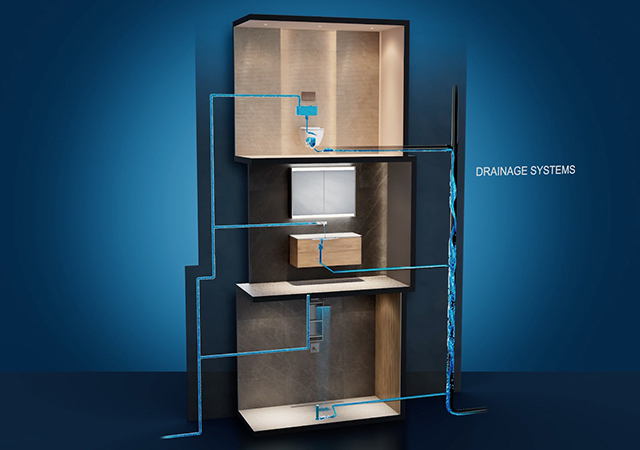
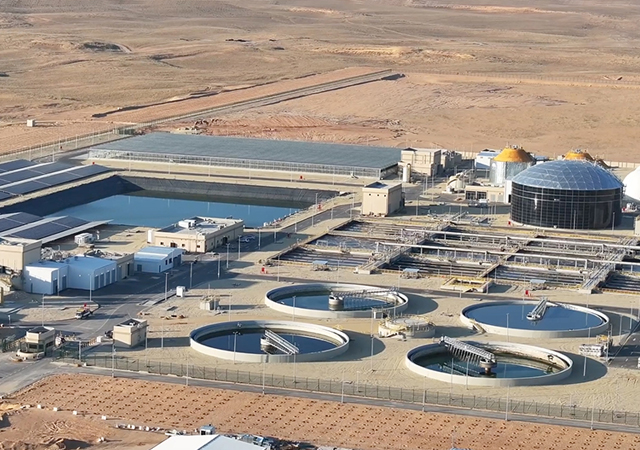





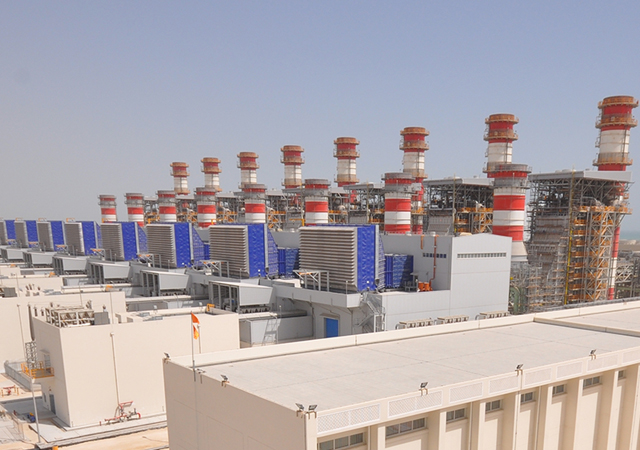
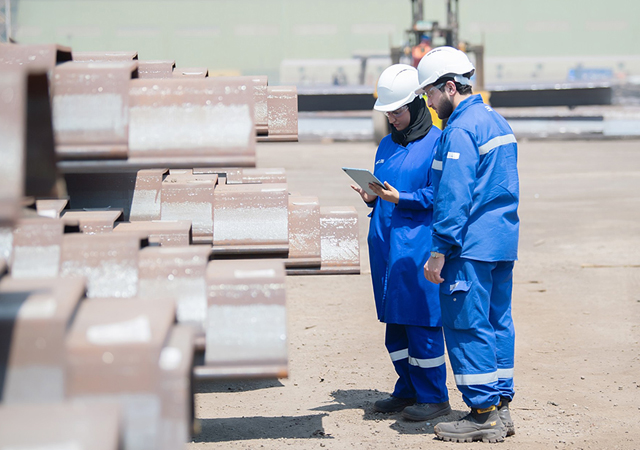





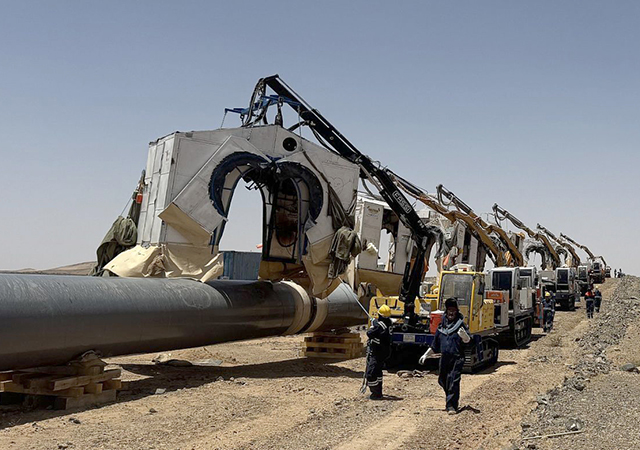



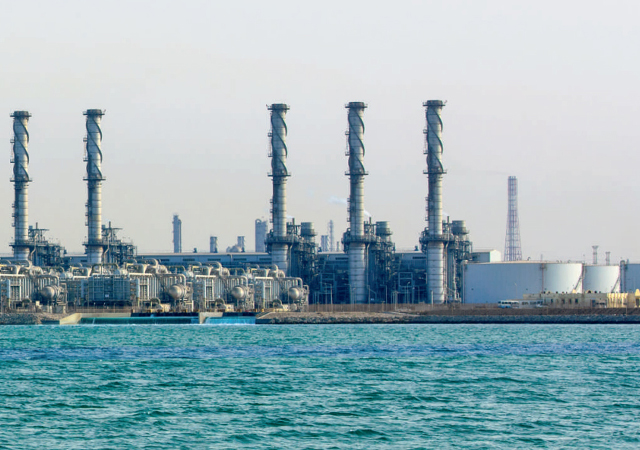



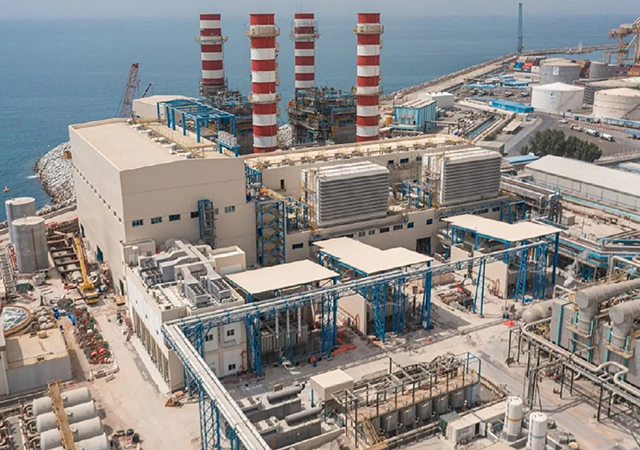
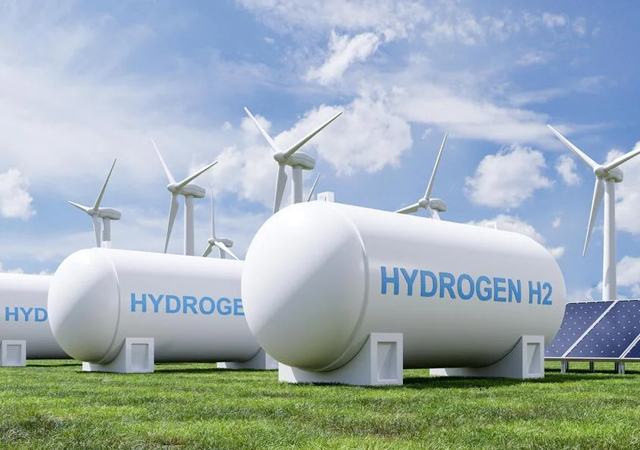




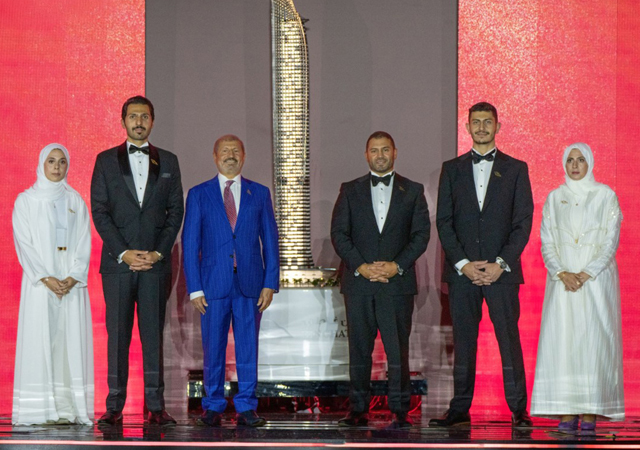









.jpg)

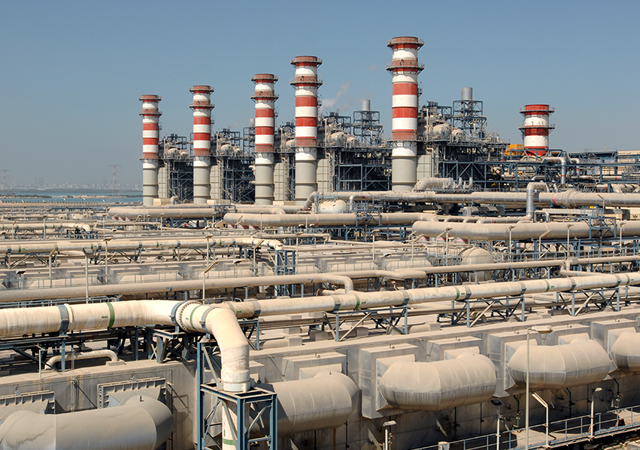


.jpg)






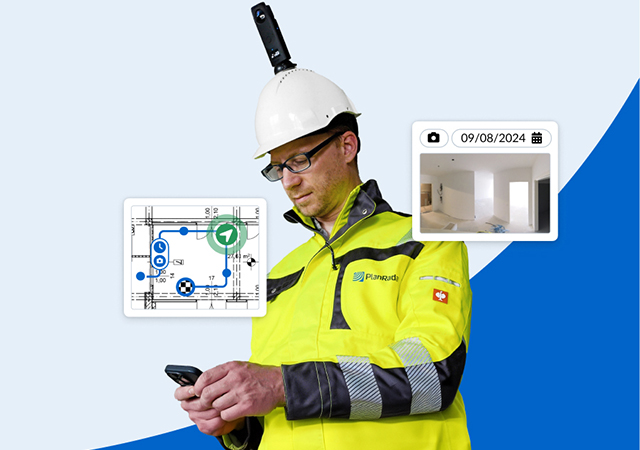
.jpg)